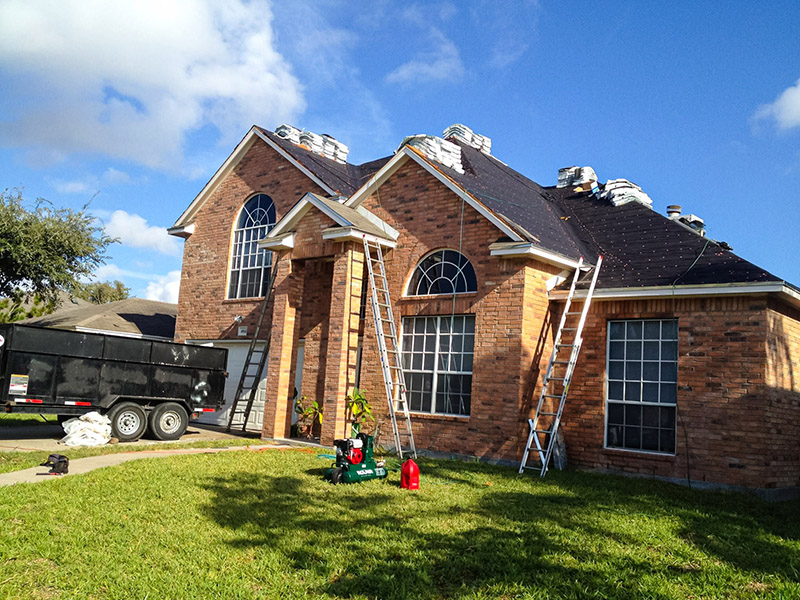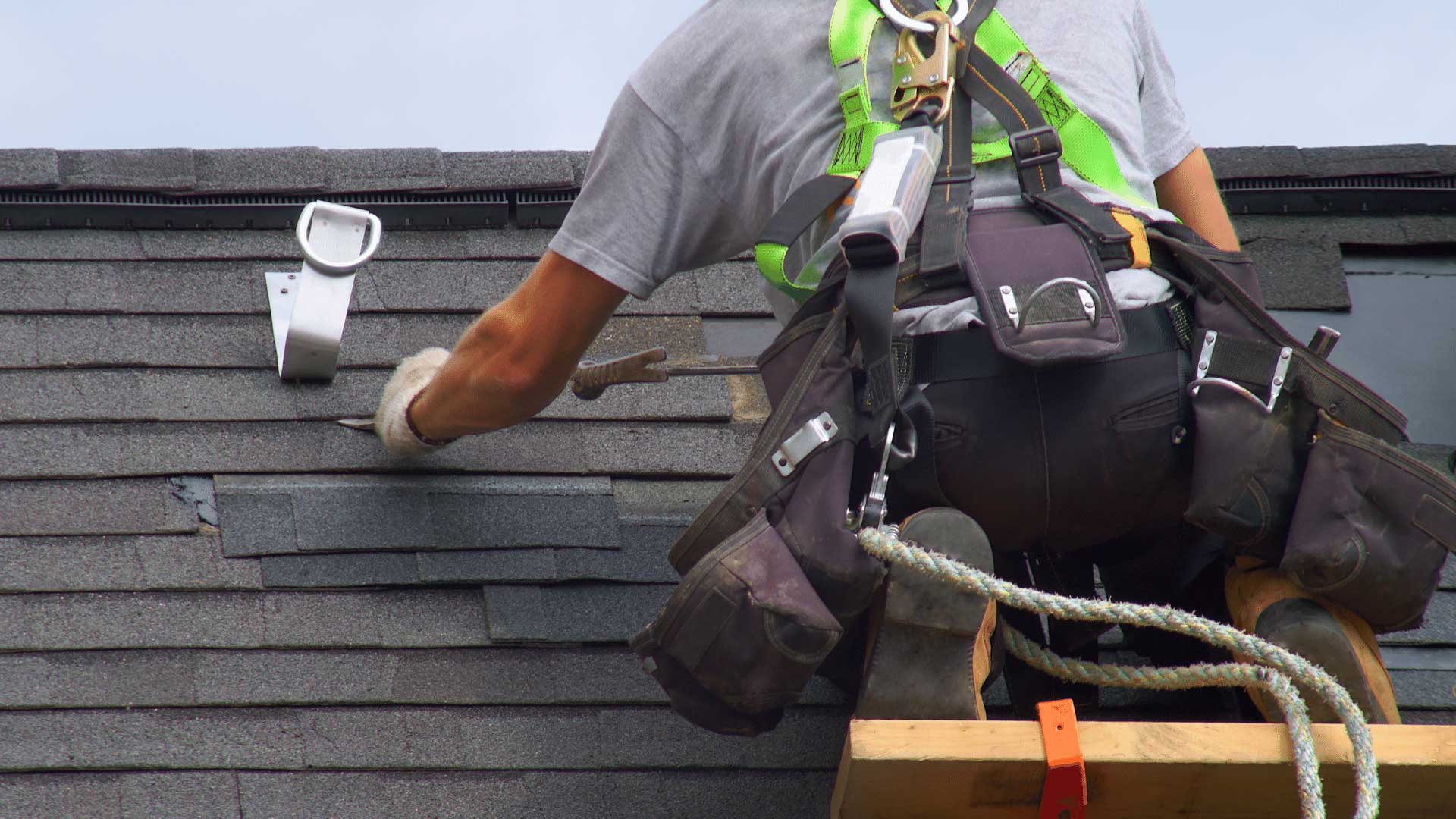Installing a roof is an important decision for any homeowner. This article will focus on the advantages of using synthetic underlayment during the installation process.
Synthetic underlayment has become increasingly popular due to its many benefits, which include improved protection and fire resistance, as well as an extended life span. It is also less expensive than traditional felt paper options and can be installed faster with fewer labor costs associated with it.
With all these factors in mind, this article will look at why synthetic underlayment may be a better choice for residential roofs compared to other materials.
Improved Protection And Fire Resistance
Synthetic underlayment is an ideal solution for residential roofs, providing increased insulation and protection from the elements. It also offers a significant degree of fire resistance compared to other roofing materials.
Synthetic underlayment can be used with all types of roofing systems including metal, asphalt, wood shakes, and tile. This type of material provides superior soundproofing properties as well. The noise reduction benefits are especially beneficial in urban or suburban environments where there may be more traffic noise than usual.
Additionally, synthetic underlayment has been proven to reduce heat transfer into the home because it acts as a barrier between the existing roof and any additional layers of roofing that may have been applied. This helps keep energy costs lower by minimizing temperature fluctuations within the home.
Extended Life Span
Synthetic underlayment is widely used on residential roofs due to the extended life span it provides.
The unique material composition of synthetic underlayments allows for a longer period of protection against wind and rain, thus providing homeowners with greater peace of mind when compared to traditional felt or tar paper options.
Furthermore, many manufacturers offer warranties that extend up to 50 years due to its durability and resistance, which can be beneficial in cases where extreme weather conditions are present.
Additionally, using synthetic underlayment can also provide energy savings as well.
Its advanced technology helps reduce thermal shock absorption by reflecting heat away from the roof sheathing during hot summer months and trapping warmth inside during colder winter days.
This results in less cooling/heating costs associated with maintaining indoor temperatures throughout the year.
Lower Cost
Synthetic underlayment offers many advantages for residential roofs. One of the most significant is its lower cost in comparison to traditional felt paper or asphalt-saturated options.
Synthetic underlayments are made from a blend of woven polypropylene that provide superior waterproofing and UV protection, as well as outstanding tear strength compared to conventional materials. This means they last longer than other alternatives while being much lighter, reducing labor costs associated with installation.
Additionally, these synthetic products have environmental benefits due to their energy efficiency; they require less energy to manufacture than traditional roofing materials, resulting in fewer emissions during production.
By using this type of material, homeowners can significantly reduce the carbon footprint of their roof without compromising on quality or longevity.
Faster Installation
In comparison to traditional felt paper, synthetic underlayment on a residential roof offers great cost benefits. This is mainly due to the fact that it requires fewer supplies for installation and can be done in much less time than other materials.
Furthermore, its use results in reduced labor costs as there is no need for multiple layers or additional protection around protrusions such as plumbing vents. Synthetic underlayment also leads to faster installation times which are further helped by its lightweight nature and ease of maneuverability across the roof decking surface.
Its increased safety properties mean that workers can move quickly with minimal risk of slips or falls during setup and removal. In addition, this material’s enhanced fire resistance creates an extra layer of security while work is being completed. Working with synthetic underlayment allows projects to be finished more rapidly without compromising quality or jeopardizing worker safety.
Fewer Labor Costs
An important aspect of using synthetic underlayment on a residential roof is the cost savings. The material’s reduced maintenance needs and limited leakage greatly reduce labor costs associated with installation and repair.
Without having to continually monitor, inspect, or replace worn out material, this product can save homeowners money in the long run.
The use of such an effective product also prevents costly future repairs due to water damage. Synthetic underlayment provides a strong barrier that does not deteriorate over time like other materials may.
As it is designed for a longer lifespan than most traditional alternatives, it offers greater protection from the elements while reducing labor costs significantly.
This makes it well worth considering when selecting materials for any roofing project.
Lightweight And Durable
However, the advantages of using synthetic underlayment on a residential roof extend far beyond labor costs. It is also lightweight and durable, offering multiple benefits to homeowners in terms of both quality and cost.
The light weight nature of synthetic underlayment makes it easy to install while still providing increased strength compared to traditional materials such as felt paper or tar paper. This reduced weight results in faster installation time and lower labor costs for contractors when installing this type of material over a home’s existing roofs.
In addition to its reduced weight, synthetic underlayment also offers increased durability that can help protect against wear-and-tear caused by rain, wind and other weather conditions. Its strong resistance to water damage helps keep moisture out of the underlying layers of your home’s roofing system which can lead to fewer repairs down the line.
In fact, many manufacturers offer warranties up to 20 years when their product is properly installed on a residential roof thanks to its exceptional strength and longevity. Moreover, since synthetic underlayment does not require additional adhesive like felt paper does, there are no extra expenses associated with purchasing adhesives for application purposes either.
Easier To Handle And Install
Synthetic underlayment offers an advantage to residential roofs in its ease of installation and handling. Its lightweight nature allows for quick and easy transport, unrolling, and cutting—all without the need for heavy machinery or specialized tools.
The material also lies flat on the roof decking more easily than asphalt-based felt paper, allowing better ventilation underneath which can reduce potential repairs due to moisture issues. Furthermore, it is less likely to buckle or rip when exposed to high winds during installation compared with conventional materials.
As a result of these benefits, contractors are able to complete jobs faster while homeowners save time and money associated with labor costs as well as future repair expenses.
Installation goes beyond just speed; synthetic underlayment also provides superior protection against water intrusion than traditional materials because it has been treated with anti-rot additives that protect from mold growth.
Additionally, there are no staples required since they are secured by nails or caps instead of puncturing through the material like asphalt-based felt papers require. This eliminates rust spots that would otherwise occur if staples were used.
When taken together, all of these attributes make using synthetic underlayment on residential roofs far easier and more efficient than other materials available today.
Conclusion
Synthetic underlayment is a great choice for residential roofs. It has numerous advantages, such as improved protection and fire resistance, extended life span, lower cost, faster installation, fewer labor costs, lightweight and durable construction, and easier to handle and install.
All of these benefits make synthetic underlayment an attractive option for any home-owner looking to upgrade their roofing material. The combination of affordability, quality materials, and enhanced safety makes this type of product the ideal solution for anyone contemplating a new or replacement roof on their home.


